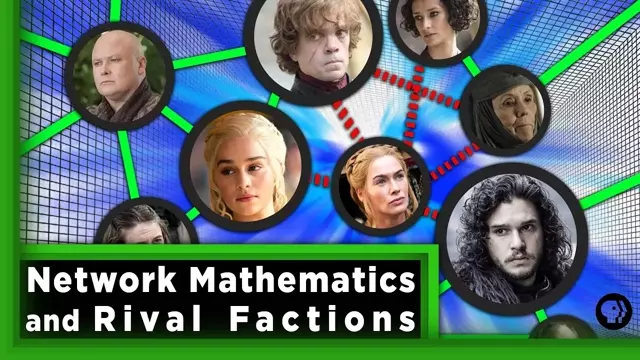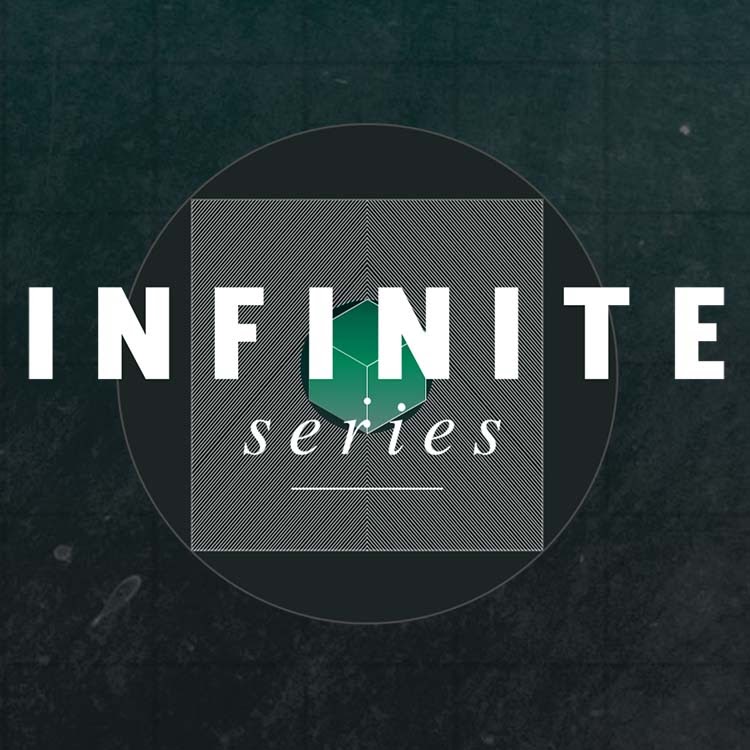2017-06-29
[public] 87.9K views, 2.39K likes, 45.0 dislikes audio only
Viewers like you help make PBS (Thank you 😃) . Support your local PBS Member Station here: https://to.pbs.org/donateinfi
The theory of social networks allows us to mathematically model and analyze the relationships between governments, organizations and even the rival factions warring on Game of Thrones.
Tweet at us! @pbsinfinite
Facebook: facebook.com/pbsinfinite series
Email us! pbsinfiniteseries [at] gmail [dot] com
Previous Episode
Arrow’s Impossibility Theorem
Written and Hosted by Kelsey Houston-Edwards
Produced by Rusty Ward
Graphics by Ray Lux
Made by Kornhaber Brown (www.kornhaberbrown.com)
Resources and Special thanks:
Network, Crowds and Markets, by David Easley and John Kleinberg :: https://www.cs.cornell.edu/home/kleinber/networks-book/
Cartwright and Harary :: http://snap.stanford.edu/class/cs224w-readings/cartwright56balance.pdf
Antal, Krapivsky, and Redner :: http://physics.bu.edu/~redner/pubs/pdf/dresden.pdf
Steven Strogatz Lecture :: https://www.youtube.com/watch?v=P60sWUxluyk
Special Thanks: Steven Strogatz
Commonly, in the field of social network analysis, one uses a graph - also called a network - where the vertices, or nodes, represent individuals and the edges represent something about the relationships or interactions between individuals. These networks might represent Facebook friendships, or help us understand the spread of disease.
This episode focuses on one model of a social network that encodes whether relationships are positive or negative -- in other words, if they’re friendly or hostile -- and the notion of structural balance.
Challenge Winners:
Cantor’s Cat
/youtube/video/AhVR7gFMKNg&lc=z13lyxtxmom1tv51y23tzluompyzg5xkw
David de Kloet
/youtube/video/AhVR7gFMKNg&lc=z13lyxtxmom1tv51y23tzluompyzg5xkw.1498299129602777
Comments answered by Kelsey:
Edelopo
/youtube/video/AhVR7gFMKNg&lc=z12ftje5aybuxhro204chdn4tuqovxwjapk0k
/youtube/video/AhVR7gFMKNg
/youtube/video/qEKNFOaGQcc?t=0
/youtube/video/qEKNFOaGQcc?t=25
/youtube/video/qEKNFOaGQcc?t=60
/youtube/video/qEKNFOaGQcc?t=343
/youtube/video/AhVR7gFMKNg
/youtube/channel/UCs4aHmggTfFrpkPcWSaBN9g

